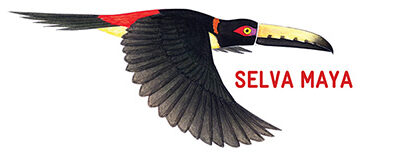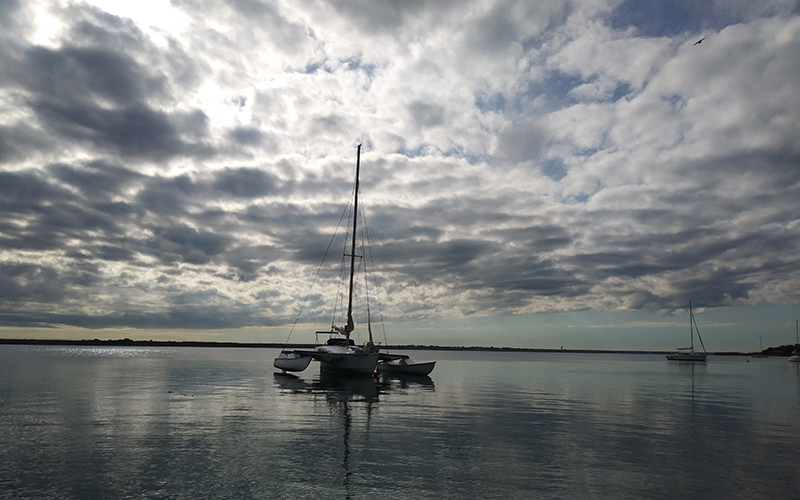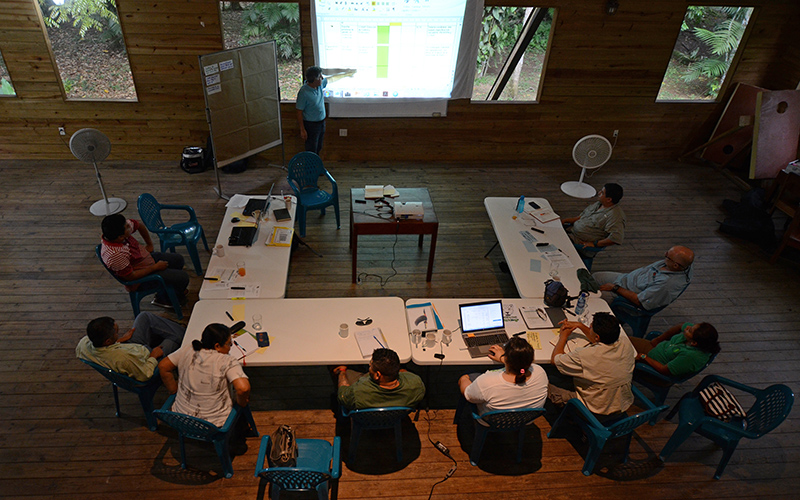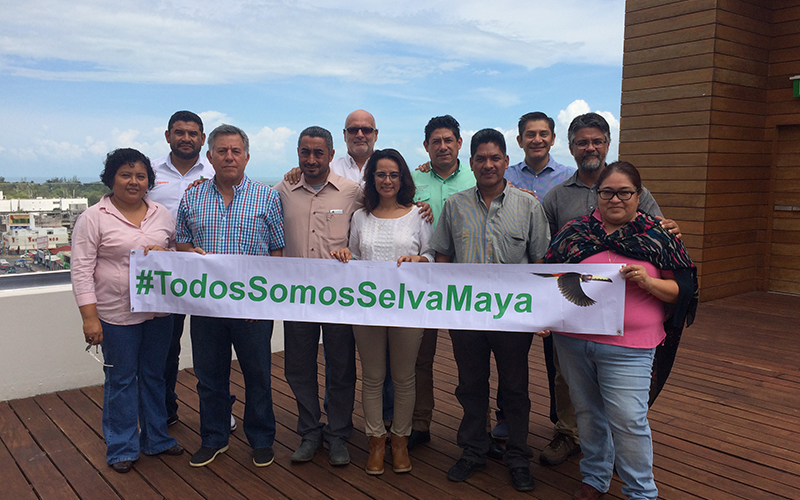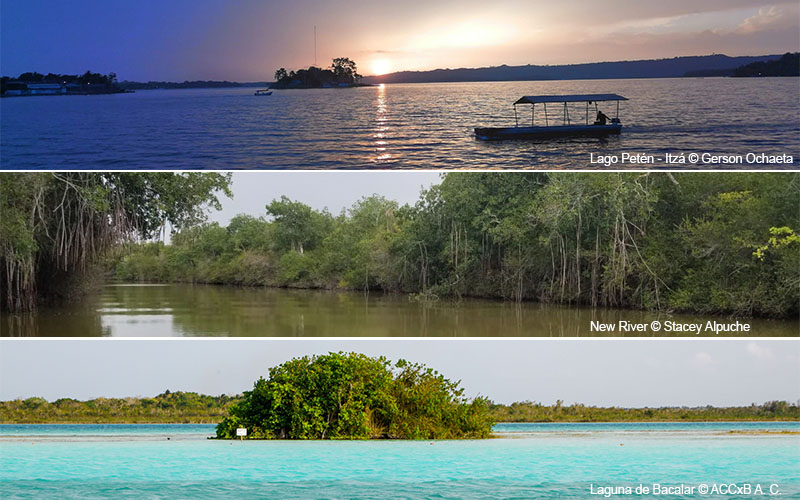Information originally posted by IUCN. Available here
Agility is the word that defines the Belize Forest Department’s ability to control fires in the Selva Maya. This is possible thanks to the support from the German Government through the Selva Maya Program, which through the German Development Bank (KfW) finances the Selva Maya Natural Resources Protection Project, implemented by IUCN, to support the counterpart organizations such as the Forest Department.
Belize, June 30th 2020 (IUCN). The Project has provided much needed equipment with modern technology that allows the FD to keep their eyes on remote places from a computer, which has subsequently increased the effectiveness and efficiency of fieldwork to save natural resources from the flames.
The Belize Forest Department has not only been trained in the use of drones (unmanned aerial vehicles) but also in the processing and analysis of captured images. The Project has equipped the Geospatial Monitoring Unit with more drones which help the fire team to map response strategies in the field. The use of technology has not only been applied at the national level in Belize but has also been utilized by forest management institutions in Guatemala and Mexico.
“The Forest Department has actively used the available online platforms, such as MODIS / FIRMS used by the National Council of Protected Areas of Guatemala (CONAP for its acronym in Spanish) and the Early Fire Alert System of the National Commission for the Knowledge and Use of Biodiversity in Mexico (CONABIO for its acronym in Spanish). These platforms have proven useful in detecting fires remotely, almost in real time, from the comfort of the office. The hot spot data available for download from the platform offers an opportunity to carry out very useful analyses at the local, district and national level”, explains Raúl Chun, National Fire Liaison Officer within the Forest Department.
The support to the FD has also been enhanced in the acquisition of other types of equipment such as a state-of-the-art modified fire truck, which in addition to allowing an agile response during an emergency, has technology for effective use of resources, contributing to the institution’s ecological policies. The truck is equipped with a mechanism that injects Fire Fighting Foam Concentrate/retardants in the streaming water which has a greater impact by cooling, smothering and suppressing the fire with less water.
Within the framework of the Project, the FD has organized and executed training workshops in fire management to build the capacities of Belizean firefighters to respond and control fire. In addition, support has been provided for the formation of a National Wildland Fire Working Group, chaired by the FD and made up of national actors. The Group currently require continuous support for strategic planning and the implementation of policy, legislations and plans relevant to fire management. In the spirit of collaboration and coordination, the Forest Department was able to communicate and provide the necessary support during the raging fires to fire management partners across Belize.
In terms of infrastructure, the Forest Department has been supported with the reconstruction of two fire towers in the Mountain Pine Ridge Forest Reserve and a fully functional prefabricated house. In addition to technology, the FD has also been supported with cameras, overflights, radios, all-terrain vehicles, special field gear, water pumps, solar panels, among other tools.
Officially, the fire season in Belize occurs from February 15 to June 15 annually. This year the high number of recorded daily fires is attributed to the drought conditions experienced over the last few years. With high temperatures and a deficiency in precipitation the large amount of organic material within the different forest types including broadleaf forest underwent the process of preheating which made the situation highly flammable. The Cayo District, where two priority areas of the project are located, was not exempt from wildfires. Fires in the Chiquibul National Park and the Vaca Forest Reserve, in most cases, were as a result from cross border incursions.
“These fire incidents are closely related to anthropogenic activities (activities produced by humans), in that farmers and land developers burn farmland and grasslands. These anthropogenic activities, particularly where fires are used, lead to the uncontrolled burning of forest areas, inside and outside protected areas”, expands Edgar Correa, manager of the FD Geospatial Monitoring Unit.
FD reports indicate that clearing and burning of vegetation along power lines has been and continues to be a major cause of forest fires. Human activities have led to uncontrolled burning of forest areas within and outside of protected areas. However, with the training and equipment afforded within the framework of the Project, the Forest Department was able to respond and utilize resources with a greater level of efficiency.
For more information contact: Adriana González, Communication Officer, [email protected]
